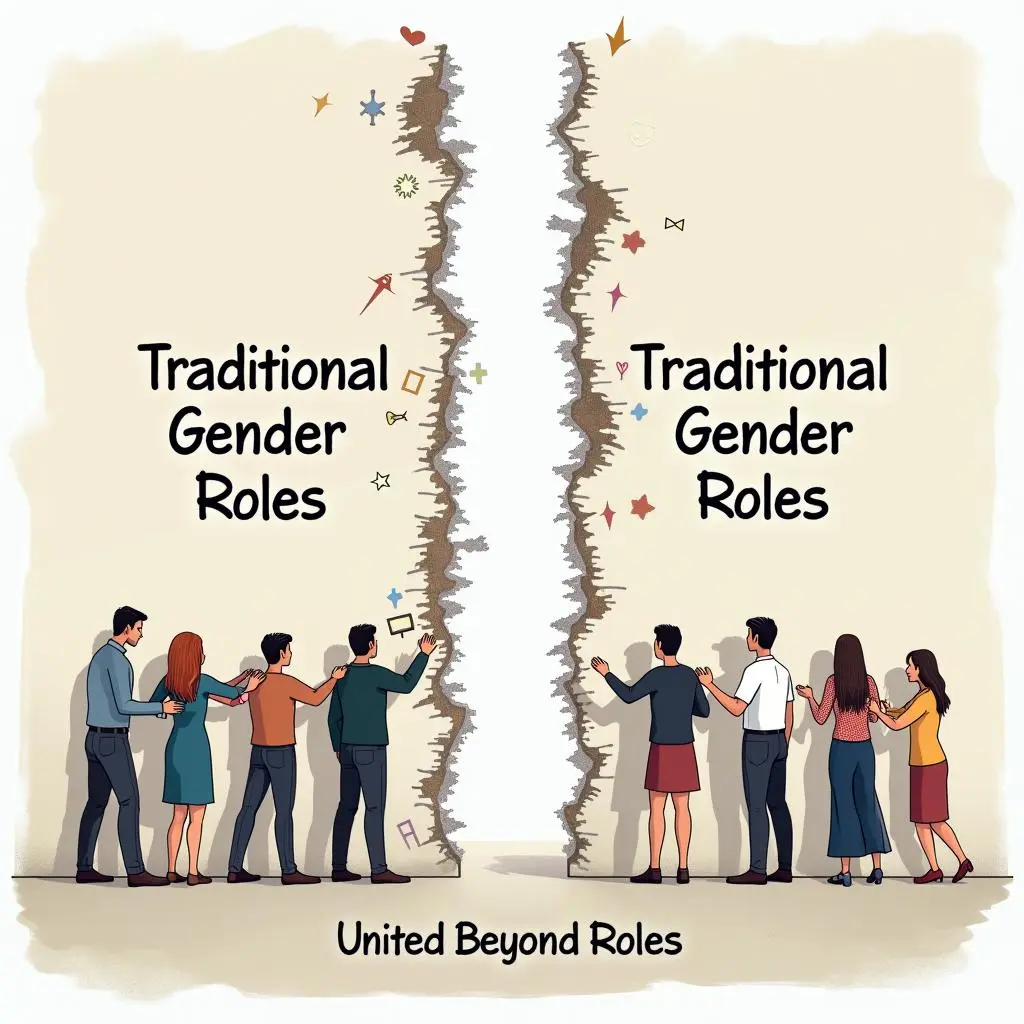How Gender Roles Are Used to Divide and Conquer

Gender roles have been a cornerstone of societal organization for centuries, dictating what is expected from men and women based on cultural and historical norms. While these roles may appear to bring structure, they often serve as tools to maintain hierarchies and suppress progress. By enforcing rigid expectations, societies limit individual potential and create divisions that hinder collective growth.
One way gender roles are used to divide is through the promotion of inequality in opportunities. Women are often confined to caregiving roles, while men are pushed toward positions of power. This artificial division not only undermines individual aspirations but also sustains systems that benefit a select few. Moreover, these roles perpetuate stereotypes, fostering misunderstanding and mistrust between genders, which can lead to further division.
The system also exploits gender roles to 'conquer' by leveraging them to justify discrimination, pay gaps, and limited representation in leadership. Such inequalities weaken societal cohesion, creating a fragmented population less likely to unite against larger systemic injustices. The cycle of division is perpetuated, ensuring that power remains in the hands of those who benefit from the status quo.
To break free from these constraints, societies must challenge the traditional gender norms that no longer serve humanity's progress. Education plays a vital role in dismantling stereotypes and promoting equality from a young age. Policies ensuring equal opportunities and representation are equally critical in reshaping how society views gender roles.
Ultimately, moving beyond outdated gender roles can lead to a society where everyone, regardless of gender, can contribute to their fullest potential. By fostering empathy, inclusivity, and collaboration, we can overcome the divisions imposed by gender roles and build a future that benefits all.
Ultimately, moving beyond outdated gender roles can lead to a society where everyone, regardless of gender, can contribute to their fullest potential. By fostering empathy, inclusivity, and collaboration, we can overcome the divisions imposed by gender roles and build a future that benefits all.
